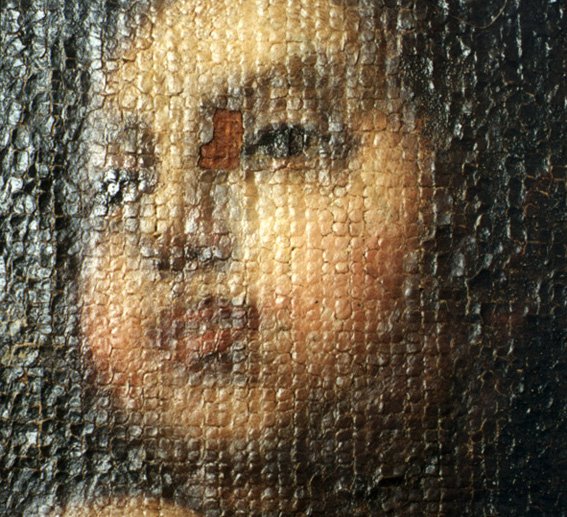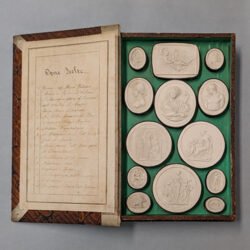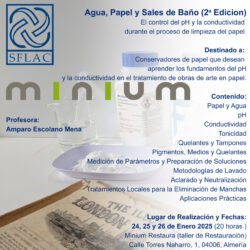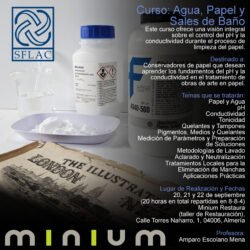As it was said in the previous post, cracks are not the problem. The problem is that they allow the moisture to go through, and get into the different layers (varnish, paint layer, ground and support) leading to a failure of the adhesion among them and therefore, to a separation between layers. This delamination is also called cleavage. It is at this point when the problems arise.

Delamination or cleavage is followed by severe lifting and subsequent flaking of the pictorial layer.
When the moisture travels freely through the crack, the support can shrink, either because of desiccation in the case of panel paintings, or because of an excess of humidity that can shrink the fabric in paintings on canvas. In these cases, the paint may lift up in a tent-like shape because the support has decreased and there is no longer room for the paint. This kind of lifting is called tenting.
In others situations, each island of paint between cracks may curl or lift at the edges, forming small, concave areas of paint; this phenomenon is called cupping.
When the sizing agent has not loss its adhesive power, this cupping can happen without lifting, but the tension of the cupping can be strong enough to cause the deformation of the fabric support.
Is it in these situations that I should call a conservator? Yes, delamination, cleavage, lifting, and flaking should be treated for consolidation as soon as possible, before paint loss occurs. This is achieved by the introduction or application of an appropriate consolidant (an adhesive or binding agent) between the different layers, in order to reattach the lifted flakes to the support.









